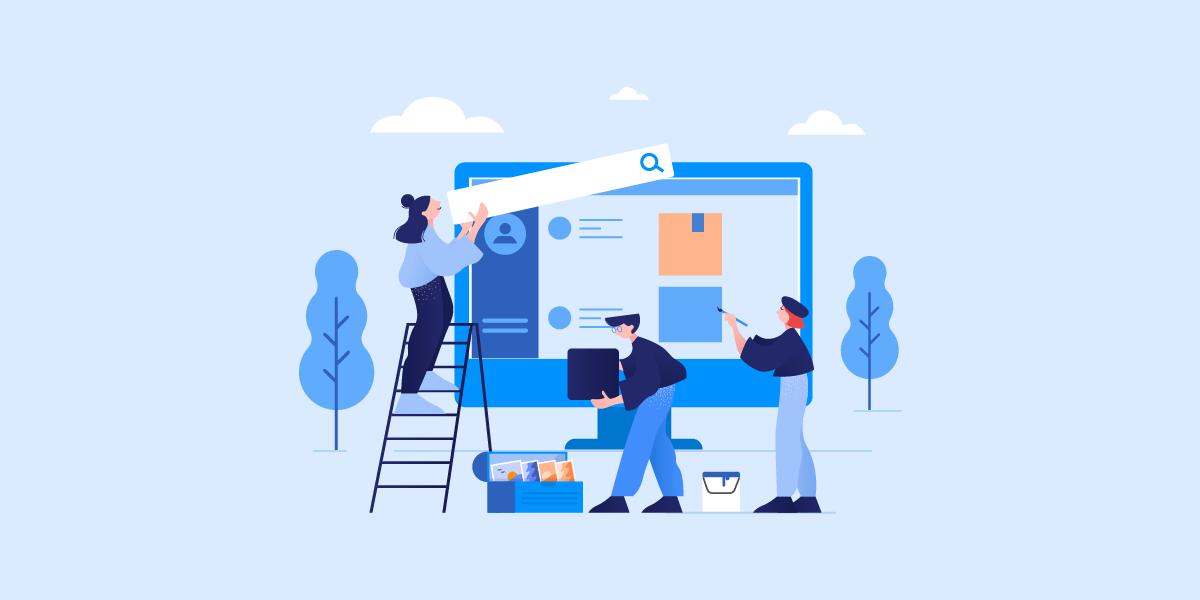What are the Different Types of Web App Development?
In today’s digital age, web applications have become an integral part of our lives. From social media platforms to e-commerce websites, web apps play a crucial role in delivering online services. But have you ever wondered about the different types of web app development? In this article, we will explore the vast landscape of web app development, shedding light on various approaches, technologies, and trends that define this dynamic field.
Understanding Web App Development
Web app development is the process of creating applications that run on web browsers, providing users with dynamic and interactive experiences. These apps can range from simple websites with static content to complex, data-driven platforms. Here, we will delve into the various aspects of web app development:
Static Web Apps
Static web apps are the simplest form of web applications. They consist of fixed content that doesn’t change unless manually updated by a developer. While they are limited in functionality, static web apps are quick to load and are ideal for informational websites.
Dynamic Web Apps
Dynamic web apps are more sophisticated, featuring content that can change based on user interactions or external data sources. These apps often rely on server-side scripting languages like PHP, Ruby on Rails, or Node.js to provide real-time updates and personalized experiences.
Single-Page Applications (SPAs)
SPAs are a modern approach to web app development, offering seamless user experiences by loading content dynamically without refreshing the entire page. Technologies like React, Angular, and Vue.js have revolutionized SPA development.
Progressive Web Apps (PWAs)
PWAs combine the best of web and mobile app experiences. They are web apps that can be installed on a user’s device and function offline. PWAs use service workers to cache content, ensuring fast load times and offline access.
Mobile Web Apps
Mobile web apps are designed specifically for smartphones and tablets. They are accessible through a device’s web browser, eliminating the need for users to download and install an app from an app store. Mobile web apps are cost-effective and cross-platform compatible.
Native Web Apps
Native web apps are built for a specific platform, such as iOS or Android, using platform-specific languages and tools. They provide a seamless user experience by taking full advantage of the device’s capabilities.
Cross-Platform Web Apps
Cross-platform web apps are developed using technologies like React Native or Flutter, allowing developers to write code once and deploy it on multiple platforms. This approach saves time and resources while reaching a broader audience.
Serverless Web Apps
Serverless web apps rely on cloud computing services to handle server-side logic and data storage. This eliminates the need for managing traditional servers, reducing costs and simplifying development.
Headless CMS Web Apps
Headless Content Management Systems (CMS) separate the content management backend from the frontend presentation. Developers can use APIs to fetch and display content, giving them more flexibility and control over the user interface.
Progressive Enhancement
Progressive enhancement is an approach that focuses on delivering a basic web app experience to all users and then gradually enhancing it for those with modern browsers or devices. This ensures accessibility and inclusivity.
Web App Trends and Technologies
Staying updated with the latest trends and technologies is crucial in the fast-paced world of web app development. Here are some key trends to watch out for:
- AI and Machine Learning: Integrating AI and machine learning capabilities into web apps for personalization and automation.
- Blockchain: Using blockchain technology for secure transactions and data integrity.
- Voice User Interfaces (VUIs): Developing web apps that can be controlled through voice commands.
- AR and VR Integration: Creating immersive web experiences with augmented reality (AR) and virtual reality (VR).
- Progressive Web Apps (PWAs): The rise of PWAs for improved user engagement and performance.
- Serverless Architecture: Leveraging serverless computing for scalability and cost-efficiency.
FAQs
Can I build a web app without any coding experience?
Absolutely! There are many no-code and low-code platforms available that make web app development accessible to non-developers. These platforms provide visual interfaces for building web apps.
What programming languages are commonly used in web app development?
Some of the popular programming languages for web app development include JavaScript, Python, Ruby, PHP, and Java.
Are web apps more cost-effective than mobile apps?
Web apps are generally more cost-effective to develop and maintain than native mobile apps. They also have the advantage of being accessible on various devices without the need for multiple codebases.
How can I ensure the security of my web app?
Security is a top priority in web app development. To enhance security, regularly update your app’s software, use encryption, and conduct security audits. It’s also crucial to stay informed about the latest security threats.
What are the advantages of using a headless CMS for web app development?
A headless CMS offers flexibility and scalability. It allows developers to create unique user experiences and easily adapt to changing content needs without altering the backend structure.
Can I convert my existing website into a progressive web app?
Yes, it’s possible to convert an existing website into a progressive web app by adding the necessary code and manifest files. This can improve user engagement and performance.
Conclusion
Web app development is a dynamic field that offers a wide range of possibilities. Whether you’re a seasoned developer or someone looking to create a web app without coding experience, understanding the different types of web app development is essential. Keep an eye on the latest trends and technologies to stay ahead in this ever-evolving industry.





